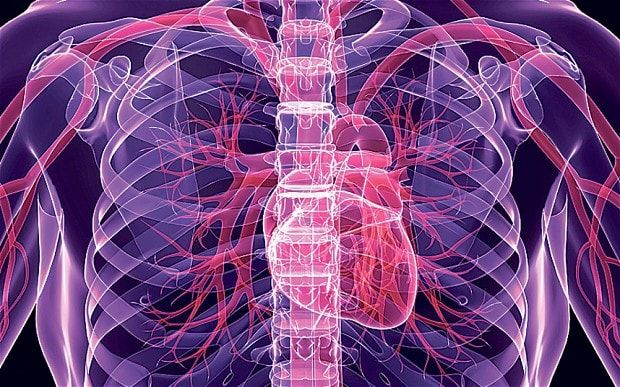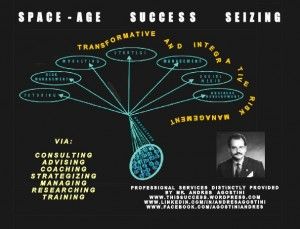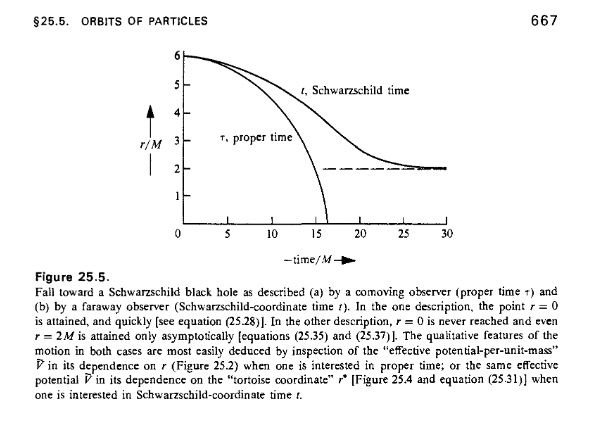Feb 13, 2014
The Future of Scientific Management, Today!
Posted by Andres Agostini in categories: business, computing, cyborgs, economics, education, energy, engineering, environmental, ethics, existential risks, futurism, geopolitics, information science, innovation, nanotechnology, neuroscience, robotics/AI, science, security, singularity, supercomputing, sustainability, transhumanism
FEBRUARY 15 AND 16/2014 LIST OF UPDATES. By Mr. Andres Agostini at The Future of Scientific Management, Today! At http://lnkd.in/bYP2nDC

New live-cell printing technology improves on inkjet printing
http://www.kurzweilai.net/new-live-cell-printing-technology-…t-printing
Capturing ultrasharp images of multiple cell components simultaneously
http://www.kurzweilai.net/capturing-ultrasharp-images-of-mul…ltaneously
Red-light-sensitive protein discovery enables more complex studies of neuron interactions
http://www.kurzweilai.net/red-light-sensitive-protein-discov…teractions
New self-healing polymers require no chemicals or catalysts
http://www.kurzweilai.net/new-self-healing-polymers-require-…-catalysts
Continue reading “The Future of Scientific Management, Today!” »


 Google
Google









